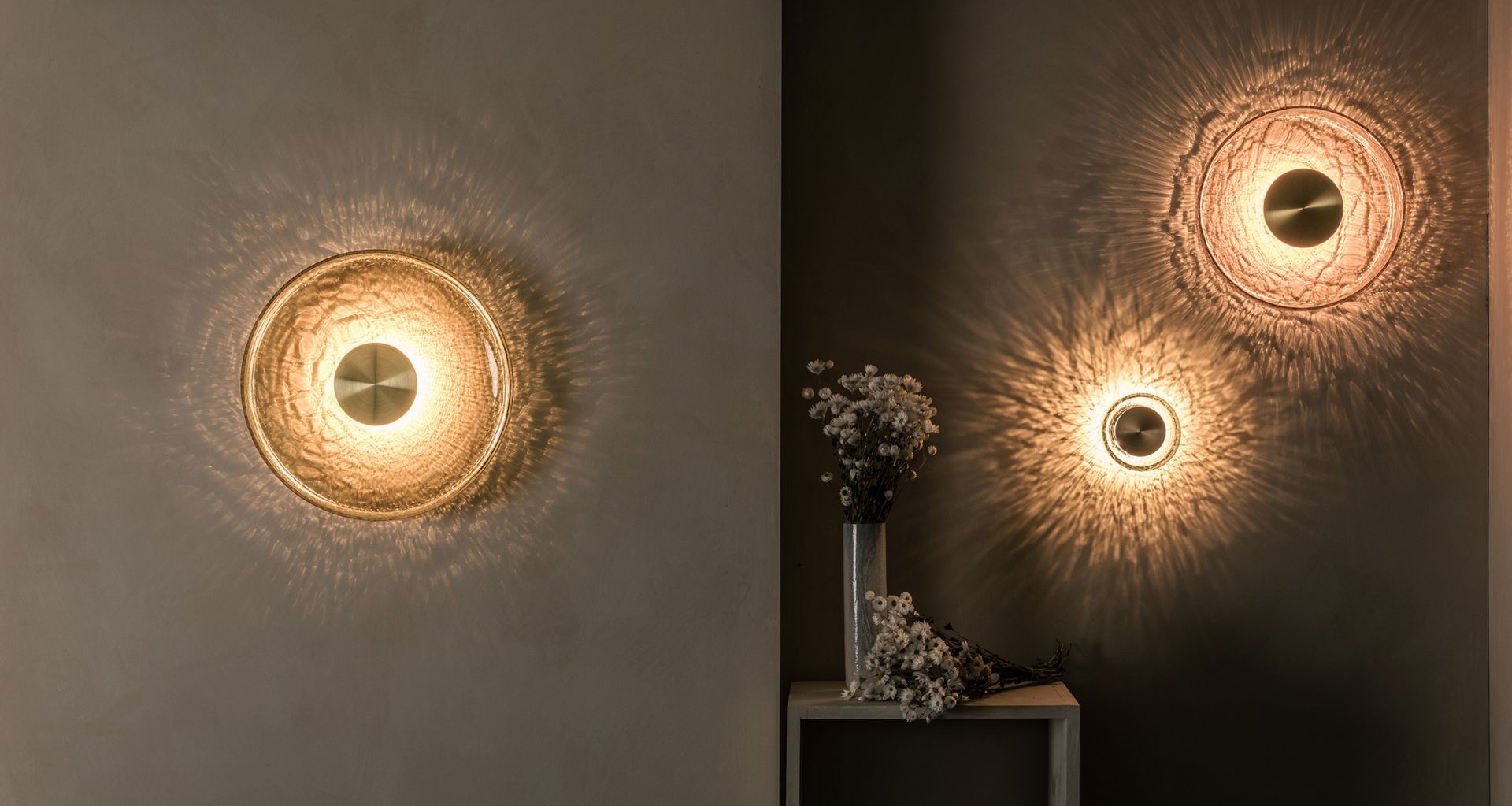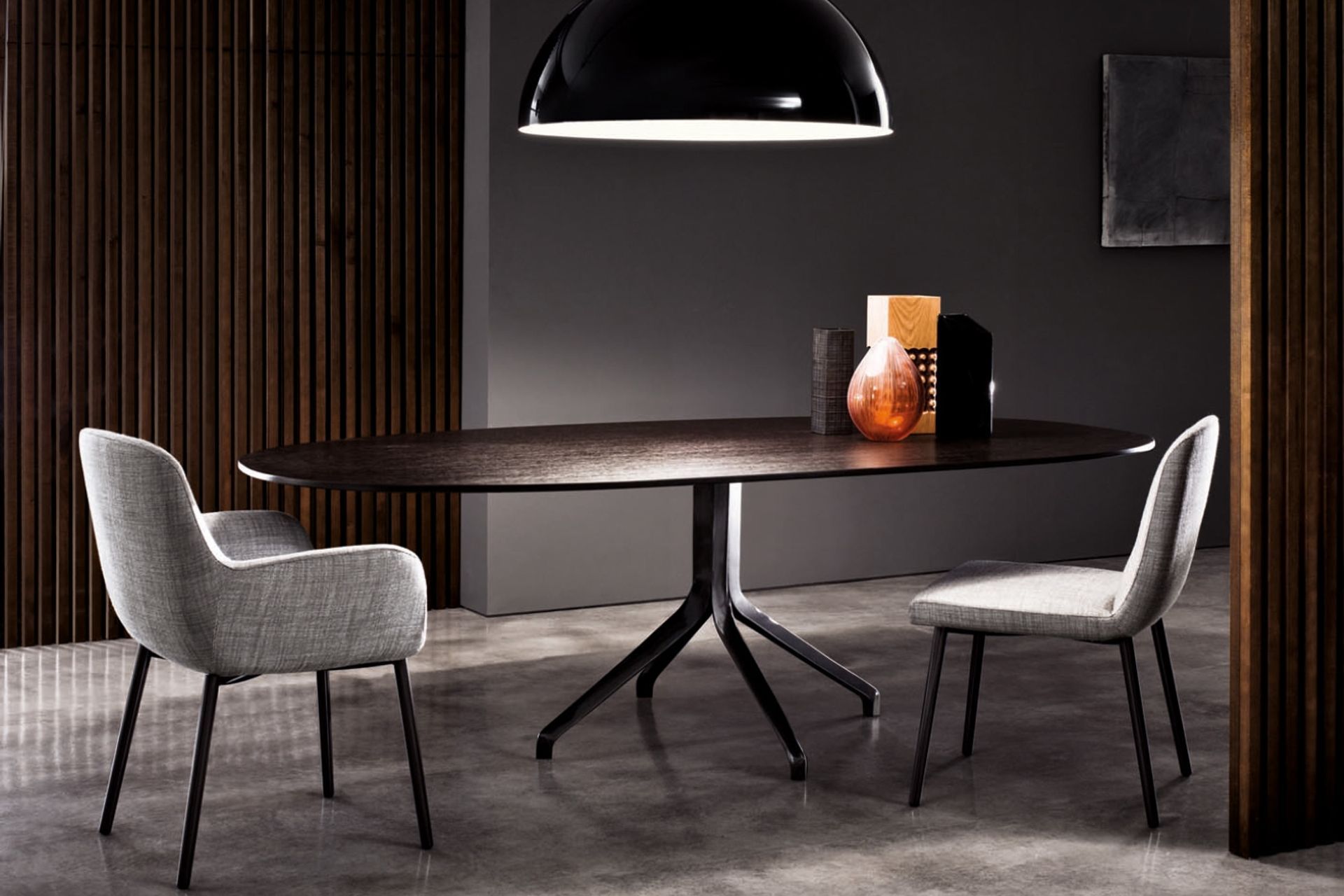Colour temperature and lighting: 5 tips to help you choose
Written by
06 March 2020
•
7 min read

Selecting lights that shine at the right colour temperature is vital when designing the lighting palette of a home. The wrong light colour can create an unintended mood and become a distraction, doing more harm than good. However, getting it right can lift the ambience to another level, dramatically improving the way you use and feel in your space.
What is colour temperature?
Colour temperature refers to the tint that white light takes on at different levels on the Kelvin (K) scale.
The word ‘temperature’ comes from the scientific underpinning of the way light is released from a heated metal. Imagine a piece of steel being progressively heated. As the steel warms, it starts to glow with an orange hue. Heat it a bit more and the glow turns yellow, then white, until finally at the hottest point it’s glowing blue.
The temperature of the steel (as measured in Kelvin) is associated with a different colour glow. At the low end of around 800K, the steel is red hot; at the high end of 8000K, the steel is glowing blue.
To get some idea of the colour temperature of common sources of light, daylight is in the range of 5500K to 6500K, incandescent bulbs sit around 2800K and fluorescent lights go between 4300K and 4700K.

Many light bulbs don’t have Kelvin values printed on them, so you’ll need to rely on the descriptions provided by the manufacturer as to how the colour will look.
There are no universal terms, but similar labels are used to describe certain kinds of lights. Words like cool white light, natural light and daylight describe lights on the higher end of the Kelvin scale, whereas words like warm white light, soft, golden or yellow light describe the lower end.
In terms of how they’re used, you can generally split lights into one of three categories:
1. Warm lights
Warm lights create relaxed vibes, perfect for the lounge and bedroom, or in any place you want to create a chilled-out vibe.
Anything below 3000K would be considered a warm light
2. Neutral lights
Lights in the mid-range are good for general-purpose use. They’re not so cool that they’re overpowering, but they’re also not so warm that it becomes hard to see.
Neutral lights sit between 3000K and 5000K.
3. Cool lights
Cool lights are best used in areas that need to be bright and well-lit. A home office, for example, would be an excellent place for cooler lights, as it’s a space where you want to be alert and focused.
These colours should be avoided in spaces where you sleep as cool lights output a lot of sleep-disrupting blue light, so it’s best to keep them out of bedrooms.
Anything over 5000k is a cool light.
Related article: 13 different types of light fixtures and how to use them
Why is colour temperature important for interior design?
Finely tuned colour temperature is the secret behind great lighting because different colour temperatures create very different moods in a space.
Think about the bright fluorescent lights in an office — they’re designed to be bright enough for people to work comfortably and keep them alert. Contrast that with a candle-lit dinner, where the dim orange flicker of the flame contributes to the romantic mood.
Knowing what temperatures of light produce what feelings is key because you can then use them in your lighting design choices to shape the mood of your spaces.
How do you choose the right colour temperature for your lights?
While some factors have already been discussed, there is a step-by-step process that you can follow to ensure you cover all your bases and make the right choice.
1. Consider the room's function
The purpose and function of a room is crucial when it comes to picking the right fixtures and colour temperature for the space. When it comes to the main rooms in a home, most lighting professionals will generally recommend the following.
Bedrooms, living rooms and dining rooms: For a cosy and relaxing atmosphere, warm light (under 3000K) will set a welcoming and comfortable tone to unwind and feel at ease in.
Bathrooms and kitchens: In task-orientated rooms like these, neutral and cool light (3000K - 5000K) A neutral or slightly cool light (3000K - 4000K) is often preferred. It provides enough illumination for safe grooming and cooking in each of these respective spaces.
Laundry rooms, studies and garages: Any spaces where high levels of concentration are required, generally benefit from cooler light (4000K - 6500K). This helps improve focus and productivity which is why it's often used in commercial and industrial settings.
2. Consider the time of day
It's also important to think about the time of day that the room will be mostly used. For areas used predominantly in the evening (like bedrooms and dining rooms), warm lights are often best as they are easier on your eyes, helping them transition from day to night.
For rooms used throughout the day (like kitchens and bathrooms), neutral and cool lights make sense as they'll better complement the natural light in the space and help you with your tasks.
Related article: Preserving our dark skies - Delta's nature-centric lighting leading the way
3. Think about ambience
The impact of lighting on feeling and mood should not be underestimated and be included as part of your decision-making. This can be manipulated in several different ways, for example, in a room with a lot of natural daylight, warm lighting can add a sense of warmth. Warm light is generally seen as more inviting and welcoming in social spaces.
On the other hand, cool lighting can bring its own energy to task-orientated spaces, in particular, increasing everyone's alertness.
4. Prioritise personal preference
While the previous tips are sound and grounded in science, there is an element of subjectiveness and personal preference that comes into it too. Everyone reacts to light in different ways with respect to emotion and perception.
In this context, it's important to trust your instincts if you're not quite sure about a colour temperature choice and react accordingly. For example, if you find a warmer light easier on your eyes in your home office then go with that. You'll spend more time in your rooms than anyone else so it's perfectly fine to prioritise your personal tastes and preferences.
5. Make a smart choice
Last but not least, a great way to ensure you make a fool-proof decision is to invest in a smart light bulb and equivalent smart lighting system with features that allow you to adjust the colour temperatures as you need to.
They tend to be more expensive to purchase but the flexibility and versatility they offer means you can't really go wrong. They also use LED bulbs which have great longevity and incredible energy efficiency offering an excellent return on investment.
Related article: Pioneering smart home trends to watch out for in 2024
All you need to know about colour temperature and lighting
With the main points covered, you're now in a great position to choose the right colour temperature light bulbs for any space in your home. For further fine-tuning, you can always contact an experienced lighting designer who will be able to assess your specific situation and make recommendations that will work for you.
(This article was updated on 14th December 2023)

